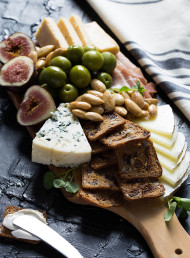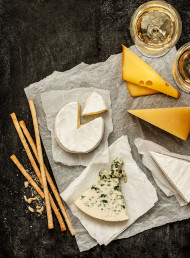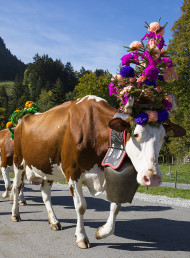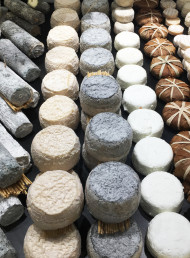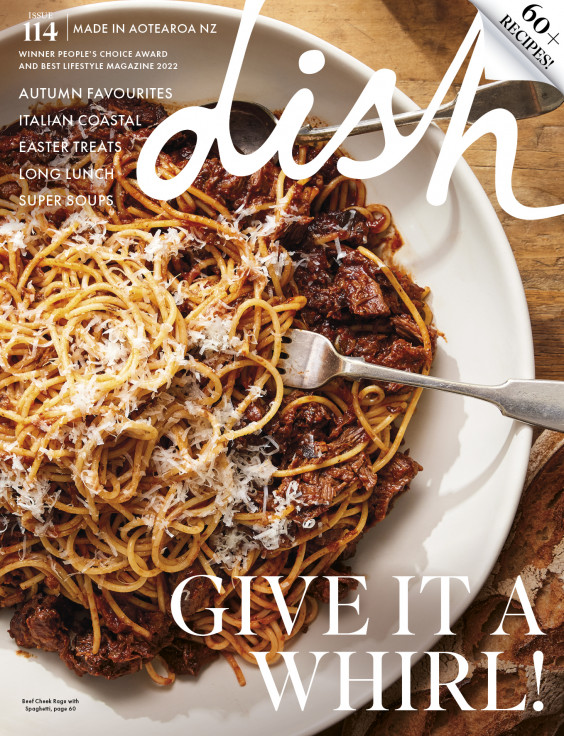Stories of cheese: Thinking of ewe
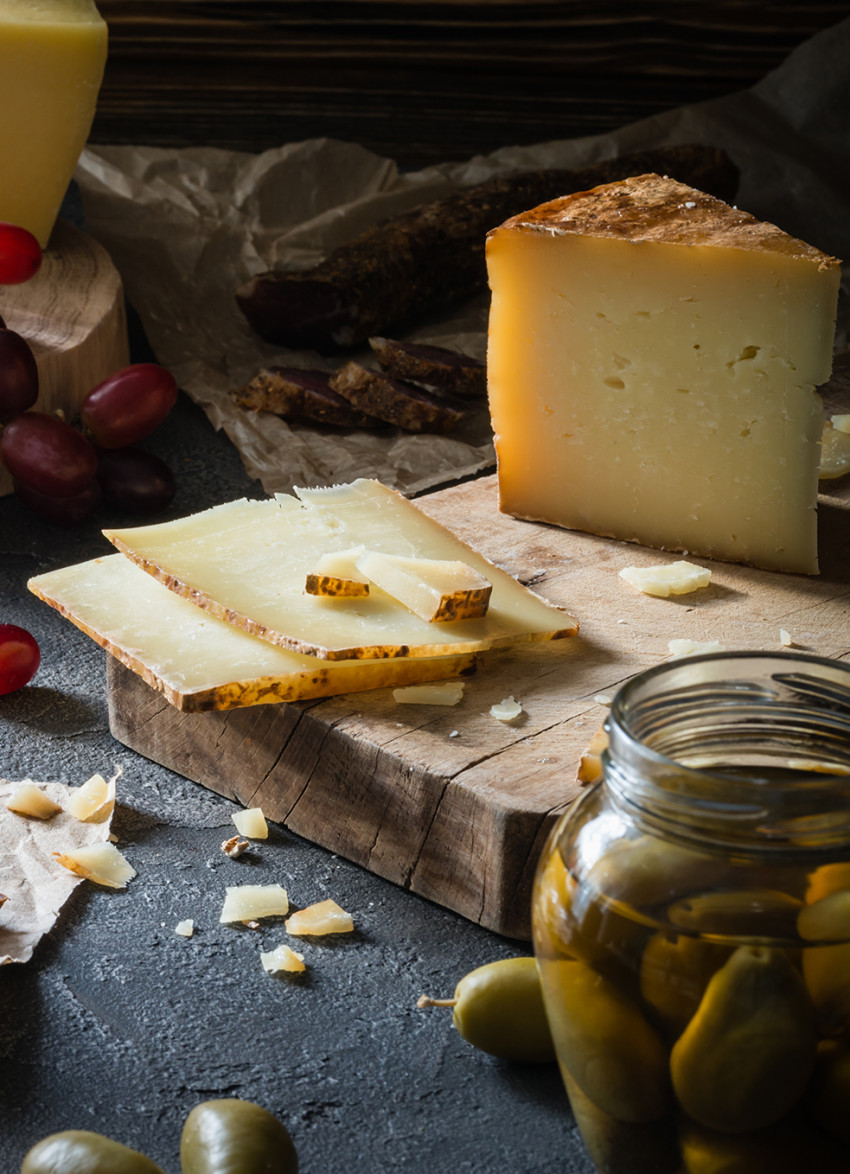
Our resident cheese pro, Juliet Harbutt, dishes on what makes judging one of her favourite cheese classes a truly unique experience.
It is an extraordinary privilege and often great fun, to judge some of the world's tastiest cheese.
When it comes to cheese categories, I was absolutely over the moon to be given 'hard ewes' cheese' at this year's International Cheese Competition in Cheshire.
Cheese iron in hand and accompanied by my young co-judge and steward, I set out to find our cheese among the 6,000 or so entries laid out in rows upon rows of white-cloth covered tables in a ginormous marquee.
So, how do you judge 49 hard ewes' milk cheeses you ask? The trick to a blind tasting such as this is the ability to recognise the great classics, like manchego. But you also need to possess a wide cheese knowledge to ensure you do not judge a cheese as a manchego when it's a unique cheese made by just one individual.
This knowledge comes as you taste. Get to know the people behind the product – talk to cheesemakers and learn how the soil, grazing, climate and breed of ewe influences the texture, taste and even shape of each cheese. With ewes’ milk cheese, you're looking for favours like nutty, caramel, meadow flowers. While doing so, you'll soon recognise if they are lacking and identify inappropriate back notes that show either poor cheesemaking or poor milk.
After tasting five cheeses, we decide which (if any) stand out, before moving on to our next five. At the end of this process, we re-judge the favourites until eventually we have chosen our winners. After nearly two hours, we have refined our five amazing finalists and one outstanding cheese, that I think came from Pag Island in Croatia, where the sheep graze on rocky, salty-sprayed hillsides covered in blue wild sage.
When you're next looking to branch out, keep an eye out for these distinct ewes’ milk cheeses, each can trace back their beginnings 2,000 years or more. An impressive feat for an impressive family of cheese.
Manchego
Spain’s most popular cheese, it is made with the milk from the La Mancha sheep that graze on land described as “al mansha” – the land without water, it makes a gravel pit look luscious. Yet the small quantity of milk they produce is thick and sweet and after 4–5 months has the unmistakable taste of crushed brazil nuts and caramel with hints of roast lamb and lanolin.
Ossau-Iraty
Made in the Pyrenees mountains between France and Spain mainly from the native sheep – Manech Tête Rousse, Manech Tête Noire and Basco-Béarnaise are smoother in texture than other ewes’ milk cheeses and sweeter with mellow floral notes from their colourful and complex diet of wild flowers, herbs and grasses. This beautiful cheese pairs perfectly with a sweeter white, like Château Jolys Jurancon Sec 14.
Pecorino
By definition, pecorino means hard sheep's milk cheese with the place of origin to follow. 'Pecorino Toscano' from the chestnut covered woods and hillsides of Tuscany, 'Pecorino Romano' originally made in the outskirts of Rome but now made in Sardinia is saltier than other similar cheeses and used mostly in pasta dishes. 'Pecorino Sardo' from Sardinia has a more intense flavour and hints of meat stock when made with lamb rather than calf rennet.
To view the full range of La Fromagerie's ewes' milk cheeses and Maison Vauron French wines, see their website here.
latest issue:
Issue #114
Autumn has arrived, and with it, the latest issue of dish, jam-packed with recipes that will have you fizzing to get in the kitchen! With a long Easter lunch featuring perfectly pink, blushing roast leg of lamb and wildly decadent baked mashed potatoes with caramelised onions, to simply scrumptious chocolate treats and sensational seasonal baking this issue has you covered - we reckon the Hot Cross Buns are our best yet! Salads make way for soothing soups, pies, puddings and our cover star beef cheek ragù with spaghetti – a must-make dinner for family and friends. With over 60 recipes in our latest issue there’s plenty of inspiration to keep you busy – and well-fed! Don’t forget to share your dish dishes with our Facebook community.

 BROUGHT TO YOU BY La Fromagerie
BROUGHT TO YOU BY La Fromagerie
